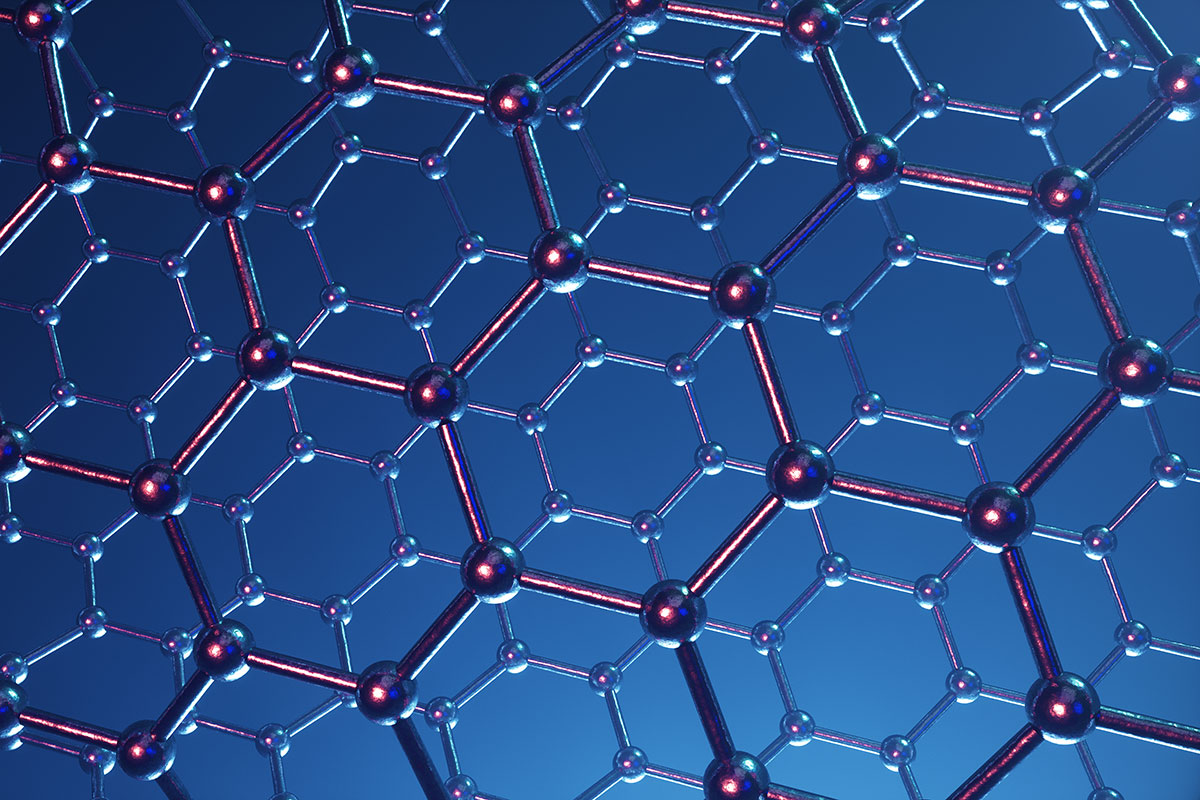Thursday, 11 November 2021
Mysterious graphene: an intriguing non-local phenomenon calls for further investigation
Almost twenty years after its discovery, graphene keeps surprising researchers. Prof. Luis Foà Torres and Prof. Sergio O. Valenzuela discuss an unclear phenomenon observed in graphene on the pages of “Physics World”.

In a feature article published in the November’s issue of Physics World, Prof. Luis Foà Torres, condensed-matter physicist at the Department of Physics (FCFM) of the University of Chile, and ICREA Prof. Sergio O Valenzuela, leader of the ICN2 Physics and Engineering of Nanodevices Group, discuss about a phenomenon still not clearly understood: a non-local resistance appearing in graphene when a current is applied to it.
Experiments performed in 2014 by physicist Roman Gorbachev and colleagues at the University of Manchester (UK) showed that, when a film of graphene is set on a substrate of hexagonal boron nitride and a current is applied between two terminals, a resistance can be measured between two other terminals places microns away from the first ones. Various mechanisms –such as the so-called “valley Hall effect”— have been invoked to explain this unclear phenomenon and other experiments carried out, but there are still various open questions.
The authors of this article summarise the experimental and theoretical studies concerning this intriguing observation, highlighting the points that have not yet been elucidated. Finally, they state that a careful re-examination of some of the reported non-local transport phenomena as well as further experiments are needed to obtain more decisive clues.

